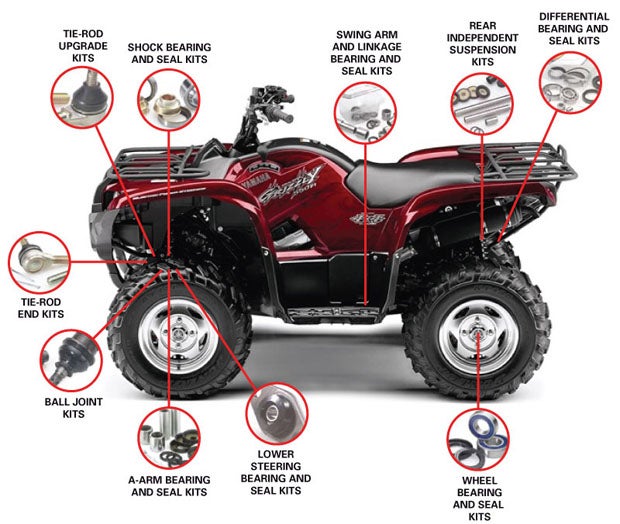
Every bearing on your ATV plays a very important roll in the riding you do. This tech article will help you understand where bearings may be located on your ATV as well as how to maintain them. We will also touch on just a couple items that help maintain and preserve the live of bearings and seals on your ATV.
First let’s look into the locations and purpose for the bearings being in those locations.
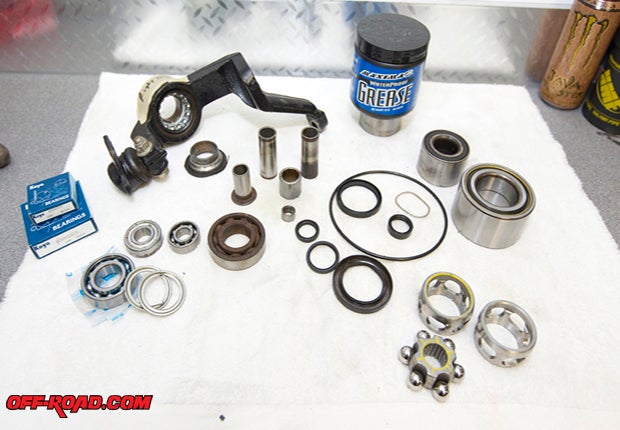
Tie Rod End: The Tie Rod end is very rarely thought of until it breaks. This little piece of ingenuity helps the rider maintain control of the ATV from the wheel side and the steering shaft end as well. Although the tie rod end is just a ball-and-socket type fixture it acts like a single ball bearing pivoting around in its socket. Tie rod ends will wear over time and begin to get loose, which gives the steering a sloppy feeling. Check the tie rods every few rides to just make sure they are still bolted to the perspective control ends. Jack the ATV up in the front and wiggle the wheels left to right while being sure to notice any looseness in the steering or slack in the delivery of motion. Also check that the castle nuts that hold them in place are tight and that the cotter pin is still in place.
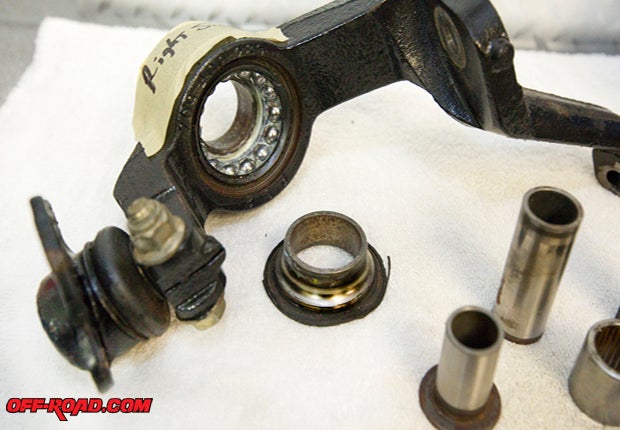
Ball Joint: Ball joints are typically located on the suspension arms out near the wheel. These ball-and-socket style connectors attach the spindle or steering knuckle to the A-arms of the ATV. There will most often be two of these and they will need about the same attention as the tie rod ends. The ball joint is often held in place on the top arm by a snap ring and can also be pressed into its seat. However it may be mounted, these are not fool proof and with a torn boot they can go bad in a hurry. The ball joint helps the wheel remain consistently level while the suspension travels through its range of motion by allowing the knuckle to pivot. Check them often.
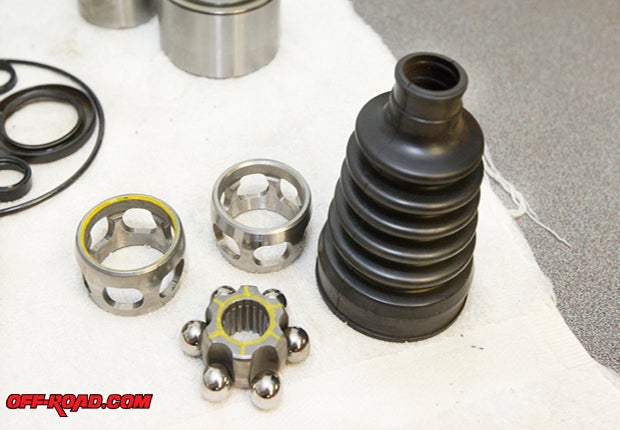
A-Arm Bearings: The Independent suspension on an ATV has four key mounting points on each side both front/rear and top/bottom with each of these ends containing roller/needle bearings. If the ATV is independent rear suspension (IRS) then you’ll also have bearings there. There is a possibility that there is a poly bushing instead of a bearing as models vary, but typically there are needle bearings inside. These mount locations will sometimes have a grease zerk/fitting for greasing the bearings. If there is no grease fitting on your ATV, you can typically add one with little trouble. These pivoting bearings help the suspension travel freely and need attention after months of hard life.
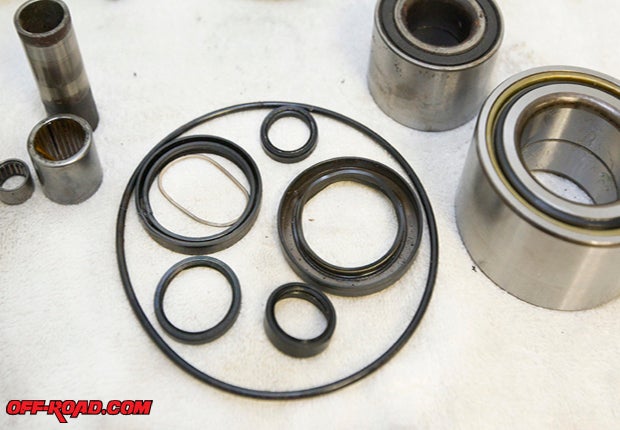
Lower Steering Stem Bearings: The steering shaft on most models will have a poly bushing or a bearing on the end of the shaft near the bottom. This allows the steering shaft to move freely and helps reduce the steering effort as well. These typically do not need regular attention unless the quad gets ridden upside down too often. Go figure right ... you’ll get it in a minute.
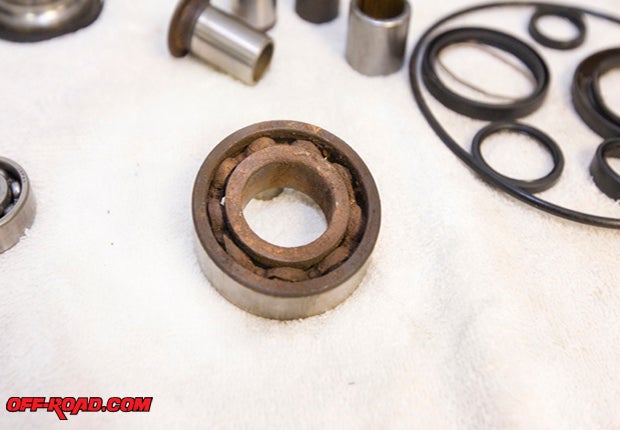
Wheel Bearings: These bearings are the most subject to be ruined by water and mud. Most bearings on the wheel end of the suspension are sealed with either metal or rubber seals and packed with a grease of some kind. However, they are not invincible at all. Power washing an ATV will force water and most likely grit from the outside in. This is why power washing is not really a grand idea unless you stay well away from seals and pivoting parts that use grease as a lubricant. Check these bearings regularly by jacking the wheel to be checked off the ground and rotate the tire. Feel for any roughness or sticking in the wheel as it turns. Also, any play while pushing the top of the tire in and out toward the shock is an indication that there could be a problem.
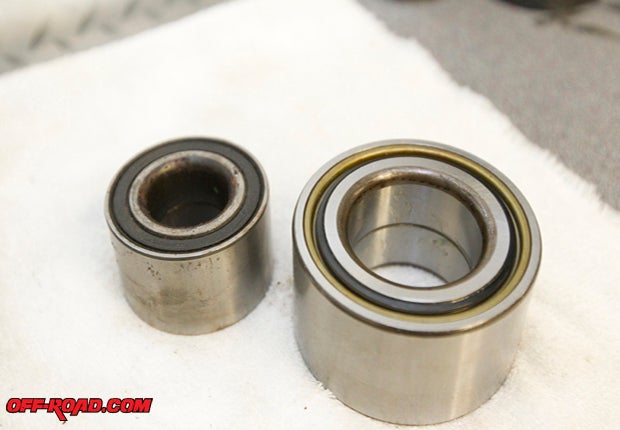
CV Joint: Most sport-type ATVs do not have CV axles, but if you have a 4X4 utility type quad then you will have a couple of half-shafts or CV axles on the machine. The CV joint is protected by a boot that is made of a tough rubber material and it is held in place by steel bands. These boots can get torn and that is when the problem progresses. If you ride in muddy conditions or in deep water of any kind, you need to check the boots regularly as any tear or small hole will lead to a light wallet at the dealer. These boots are being made stronger as our industry grows, but they are still subject to being torn open by anything in the trail. A good set of A-Arm guards with CV protection can detour most hazards from the boot areas.
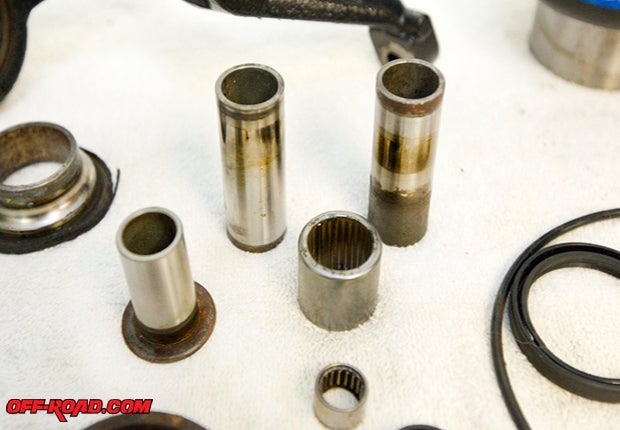
Seals: There are a couple different types of seals on most any ATV ranging from o-ring to low-drag double-lipped seals. Each bearing is different and the requirements for extra protection vary, but there will most likely be more double-lip seals that have metal re-enforcement in them on all ATVs. The seal is extra protection and can be torn, punctured and penetrated by high-pressure washing. These seals need to be replaced with the bearings they protect in order to keep both working at their best together.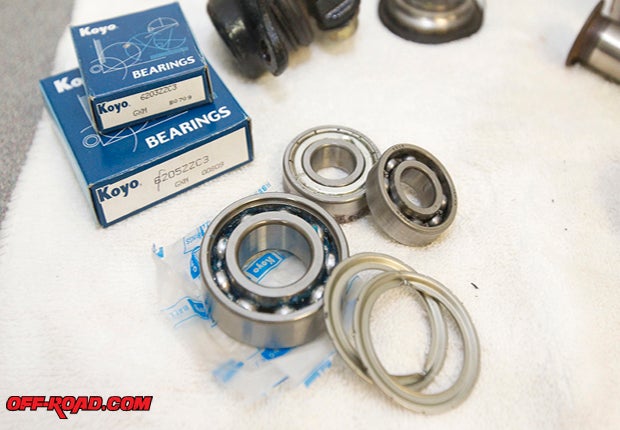
Tools for bearing removal and installation can range in price from $10 to $200, but if buying tools isn’t your bag then take the machine to the dealer for service. Motion Pro makes a great suspension service bearing tool kit that will help with most cases. This very kit was used in our YZ125 rehab article on the Dirt Bike section of Off-road.com. The random shop tools such as a large hammer or puller can also be used when nothing else is available. We have a cheap, yet functional, bearing press that was purchased at the local Northern Industrial supply store. These presses can be very dangerous and they are not recommended for the under-skilled “do it yourselfer.” The press is very helpful when pressing larger bearings in or out is required. If abused or used in the wrong way the press will make the bearing go from being a simple part to a hostile projectile that can tear your head off in an instant. Wear safety glasses at all times when removing bearings with any tools.
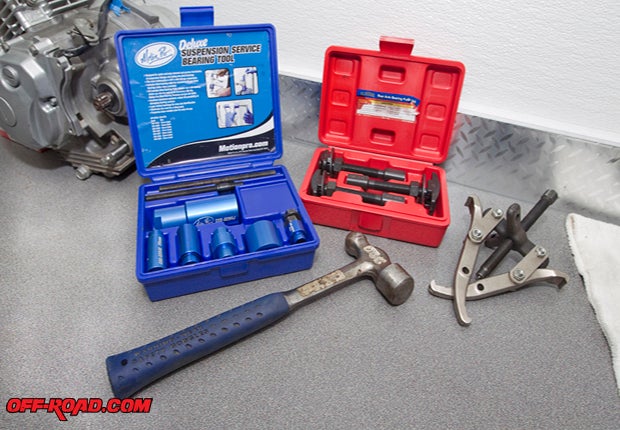
There are many suppliers in the bearing marketplace, and just one of these is a company called “All Balls.” They offer replacement bearings and tie-rod ends as well as other items that your machine will most likely need in time. The kits come well labeled and with the highest quality bearings available. One of our future projects will get a make over using these fine products so be sure to keep an eye out for that. The dealer can also order OEM bearings if you need them, but the aftermarket world is getting you the same part and sometimes at a huge discount!
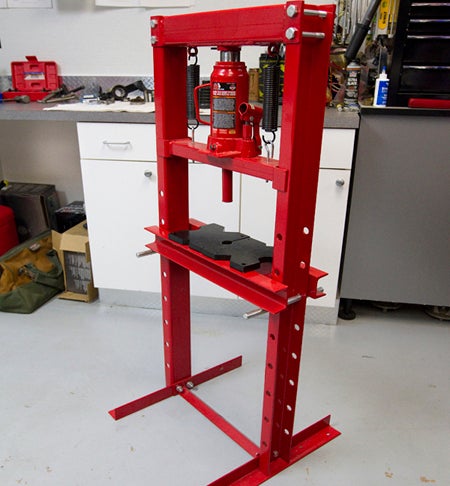
Always remember that your ATV will run and ride as good as you treat it, and regular service will prevent downtime on the trail. Keeping these important parts working smoothly can also prevent expensive and dangerous malfunctions from happening.
RS
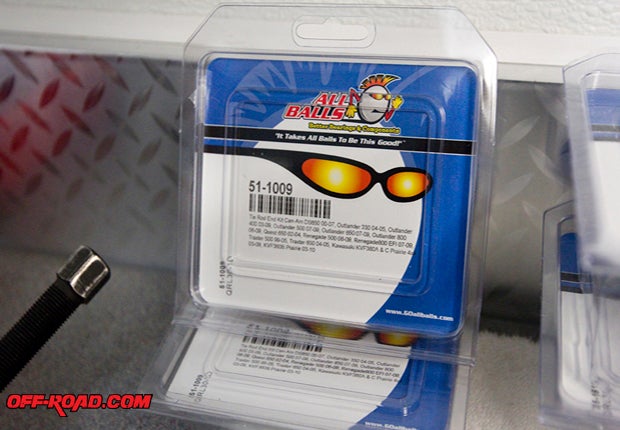
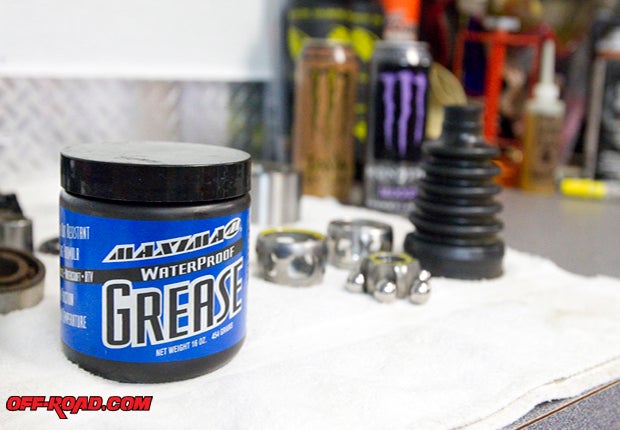


 Your Privacy Choices
Your Privacy Choices